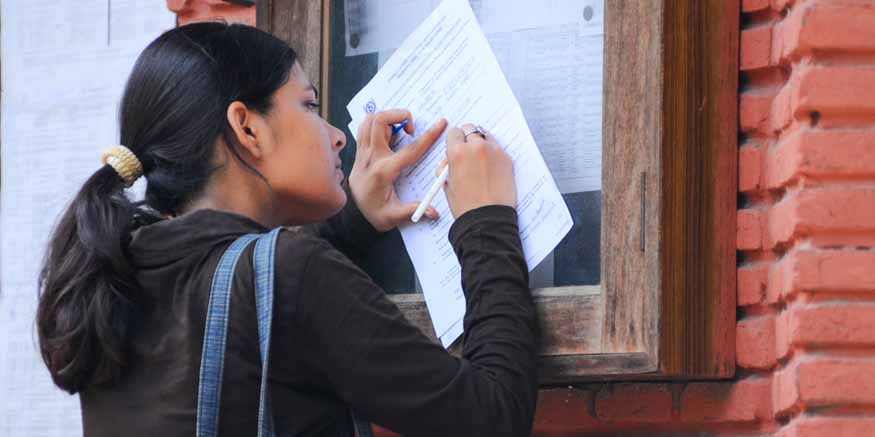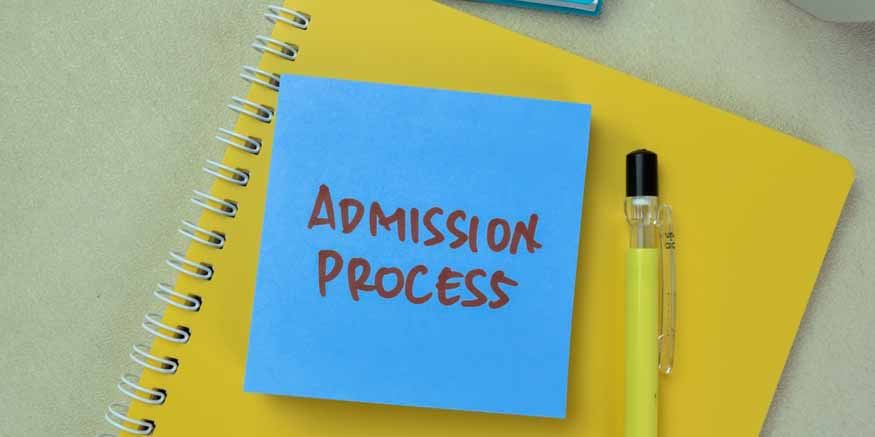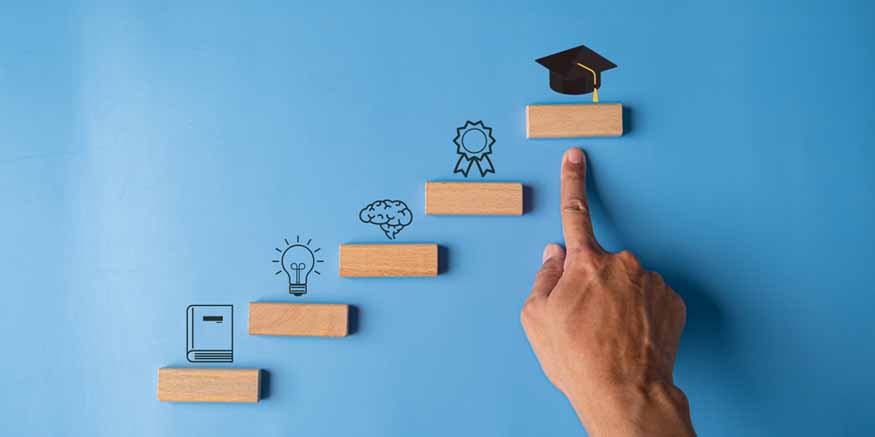Exams can be really tough, and remembering everything you read can feel super hard. But don’t worry! There are cool tricks that can help you remember stuff better. This article will share some awesome ways to make sure you can keep all the info in your head, so you’re ready and confident for your exams.
- Understand the Material First
- Active Reading: When you read something, try to make it more interesting by asking questions. Think about what the story is telling you and ask yourself why things are happening.
- Take Notes: Write down the main ideas, important things to remember, and any questions you have. This helps you remember what you learned.
- Teach the Material: When you explain something to a friend or even just to yourself, it helps you understand it better. It’s like when you teach someone how to play a game.
- Create a Study Schedule
- Set Specific Goals: First, figure out what you need to study every day. Break your lessons into small chunks and set aside time to work on each one.
- Regular Reviews: Set up regular times to go over what you’ve learned. This helps you remember better and keeps the info in your brain for a long time.
- Balanced Approach: Try studying different subjects and topics in each session so your brain stays interested and doesn’t get too tired. Mixing things up can make learning more fun!
- Practice Retrieval
- Self-Testing: Quiz yourself on the material you’ve studied. Use flashcards or practice exams to test your knowledge.
- Explain Out Loud: Try to explain concepts aloud as if you’re teaching someone else. This reinforces your understanding and memory.
- Practice Questions: Work on past exam questions or sample questions related to your study material.
- Apply the Spacing Effect
- Distribute Study Time: Instead of cramming, spread your study sessions over several days or weeks.
- Review Intervals: Increase the intervals between your review sessions gradually. For example, review material after one day, then three days, then a week.
- Consistency: Stick to your spaced study plan to reinforce learning without overloading your memory.
- Utilise Mind Maps and Diagrams
- Create Mind Maps: Draw mind maps to visually organise concepts and their relationships. Start with a central idea and branch out into related topics.
- Use Flowcharts: Flowcharts can help illustrate processes and sequences, making complex information easier to understand.
- Diagram Key Concepts: Visualise key concepts and their interconnections to enhance recall.
Before you try to memorise anything, make sure you really understand it first. Understanding is the key to remembering stuff better. Here’s how to approach it:
If you understand what you’re reading really well, it will be easier to remember. It’s like building a strong base for a house. This is super important for learning how to remember stuff for exams. Using mind maps and diagrams can be the best way to remember stuff you read because they give you a picture of the information. It’s like making a drawing that helps you see and remember all the important parts!
Also read: Exam Preparation: Tips for Final Exams
A good study plan helps you remember things better because it keeps everything in order and makes sure you study regularly. Follow these steps to create an effective study plan:
Having a study schedule helps you remember what you read better and makes sure you cover everything you need to learn. It’s like having a plan so you don’t have to rush and cram at the last minute.
Retrieval practice means trying to remember something on your own instead of just looking at it over and over again. Here’s how to incorporate this technique:
Retrieval practice is a great trick to help remember what you’ve read. It’s like when you have to think hard and remember stuff without looking at your notes. It helps you get better at remembering things!
Also read: Tips for Remembering General Knowledge and Current Affairs
The spacing effect is a technique where you space out your study sessions over time. This approach helps improve long-term retention. To use this method:
The spacing effect is a powerful way to ensure you remember what you read for exams more effectively and retain information over the long term.
Also read: 11 Revision Techniques For Students To Ace Exams
Mind maps and diagrams are like drawing pictures to help you understand and remember things better. They show how different ideas are connected and make it easier to organise information. Here’s how to use them effectively:
Using mind maps and diagrams can be the best way to remember stuff you read because they give you a picture of the information. It’s like making a drawing that helps you see and remember all the important parts!
If you want someone to help you with your studies just for you, check out EuroSchool! They have special programs made to help you do great in school. Go to their website to find out more and start reaching your school goals!









